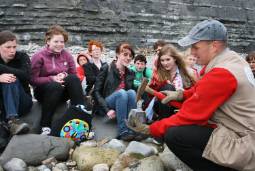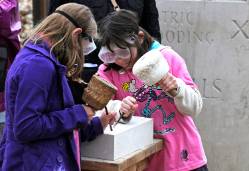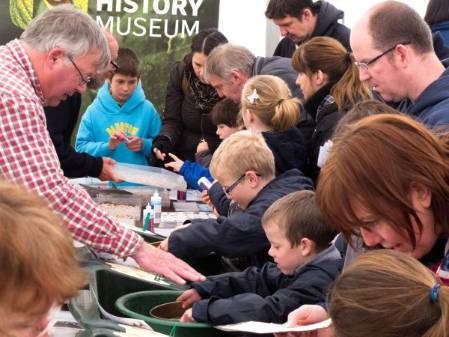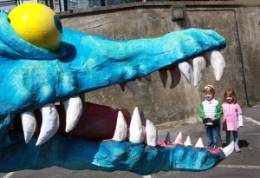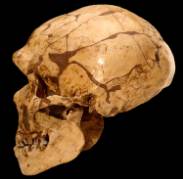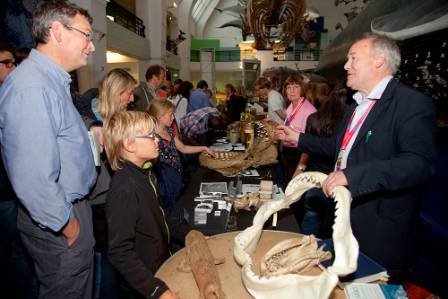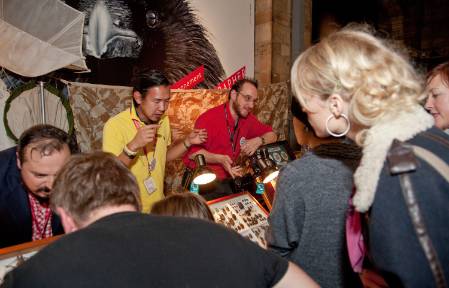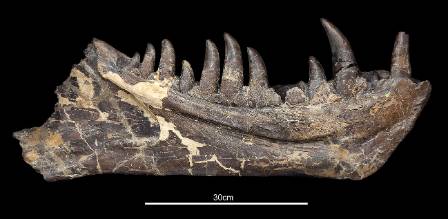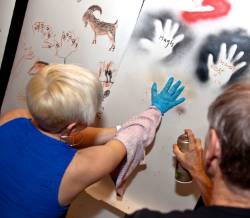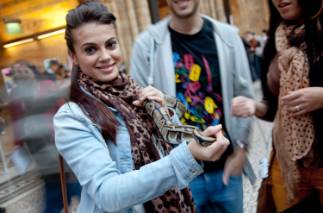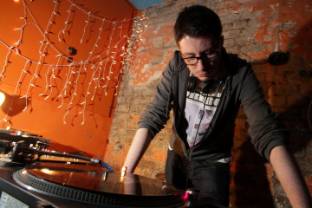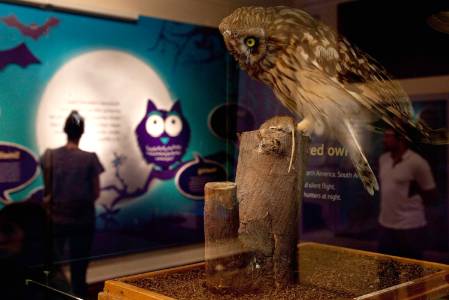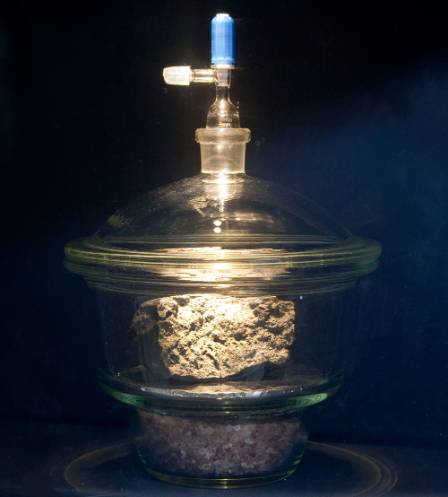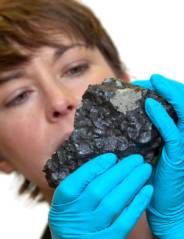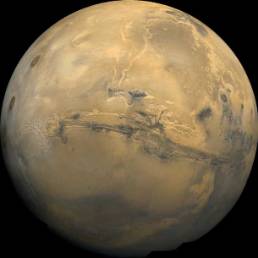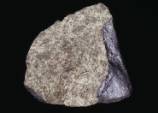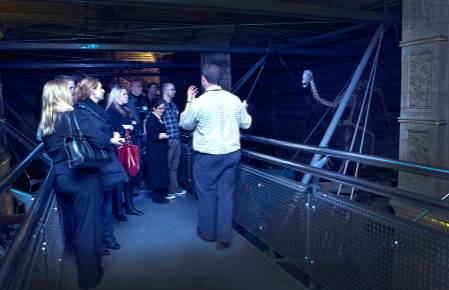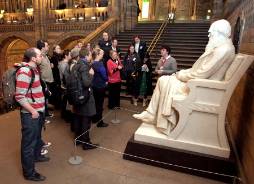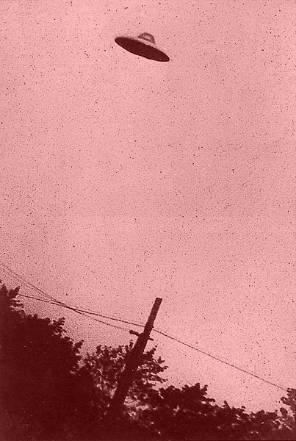Last night, Radio 4's Robin Ince kicked off this year's Lyme Regis Fossil Festival to the sound of scientific laughter. The festival, now in its 9th year, runs from 2-4 May over the bank holiday. Today is for schools, with all the public events happening on Saturday and Sunday.
From fossil collecting to stone carving and rock pooling, the May bank holiday festival is awash with beachcombing fun for fossil fans, young and old.
As usual, a team of Museum scientists and learning educators will be showing off amazing specimens and answering fossil enquiries. Many are already there on the beach welcoming hoardes of schoolchildren. Others are busy stuffing rare objects (carefully) into their cars in readiness for the Jurassic adventures ahead. Can't make it to Lyme? Here at the Museum we'll be following our scientists there live in our free daily Fossil hunters talks.
Lil Stevens, plant fossils expert at the Museum, joins our festival possé for the first time.
'This year we will be bringing anthropologist Margaret Clegg to talk about ancient humans and our Britain: One Million Years of the Human Story exhbiition. And palaeontologists Pip Brewer and Jerry Hooker will showcase some very ancient mammals.
'You can sieve for sharks teeth with fish curator Emma Bernard and expert David Ward. If you can find them you can take them home with you! They will also show you how to use shark jaws and teeth to estimate the body size of some of the largest sharks ever to have lived.
Sifting for sharks teeth at the Natural History Museum display in the Grand Marquee's Fossil Fair.
'Zoe Hughes, our cephalopod and brachiopod curator and I will be explaining how palaeontologists reconstruct fossils to work out how the animals looked when they were alive. Test your palaeo-skills with our drawing challenge! Palaeontologists Martin Munt and Noel Morris are Lyme veterans and will be on hand to answer all your most technical paleontological questions - so you'd better think of some.
'Those mysterious Museum mineralogists are planning a sparkling surprise so come down to the beach and see some very special pebbles...'
The weather forecast is erratic for the weekend, so dress for both sun and rain if you're going but, as always at this popular family event, there will be tonnes to see and do outdoors and inside the grand marquee and other venues.
Horace, the Pliosaur (l) with the cinematic walk-in belly returns by popular demand.
Homo heidelbegensis (r) is new on the scene, arriving with our palaeontogolists and on show with their other ancient human exhibits.
Citizen science is this year's Fossil Festival theme and special treats include the return of Horace the Travelling Pliosaur, the Dinosaur Runway and MarineLife's whale and dolphin research ... as well as our own fantastic displays and fossil identification services of course.
The festival is free to attend, but some of the events are ticketed.



